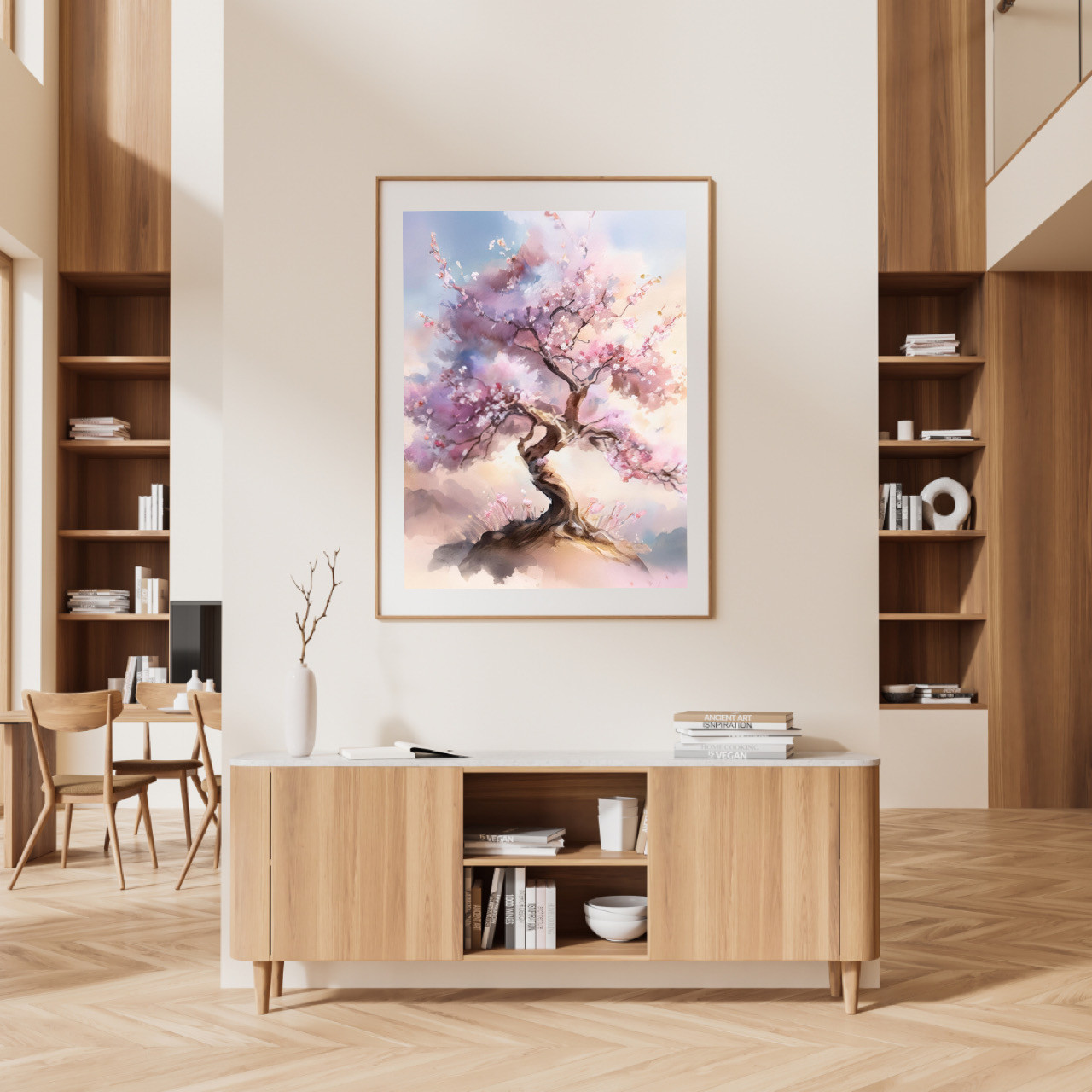The Harmony of Washitsu and Delicate Art
- MALT INCORPORATED

- 2月13日
- 読了時間: 2分
更新日:2月15日

Washitsu, with their natural materials, minimalist aesthetic, and emphasis on tranquility, create a unique and complementary backdrop for delicate art forms. Here's why:
Natural Simplicity: The understated elegance of a washitsu, often featuring elements like tatami mats, shoji screens, and natural wood, allows delicate art to take center stage. The room's simplicity doesn't compete with the art but rather enhances its intricate details.
Washitsu with Tatami Mats
Emphasis on Light and Shadow: Washitsu are designed to play with natural light, creating subtle shadows and highlights. This interplay of light enhances the visual depth of delicate art, adding another layer of appreciation.
Washitsu with Shoji Screens
Sense of Serenity: The calming atmosphere of a washitsu provides a contemplative space for appreciating delicate art. The room's tranquility allows viewers to focus on the art's intricacies and emotions.
Washitsu with Natural Wood
Types of Delicate Art that Thrive in Washitsu
Japanese Calligraphy (Shodo): The flowing lines and expressive strokes of calligraphy find a natural home in the serene setting of a washitsu.
Japanese Calligraphy in Washitsu
Ink Wash Painting (Sumi-e): The subtle shades and delicate brushwork of ink wash paintings resonate with the natural aesthetic of a washitsu.
Ink Wash Painting in Washitsu
Textiles (Kasuri, Yuzen): The intricate patterns and fine textures of traditional Japanese textiles complement the organic feel of a washitsu.
Japanese Textiles in Washitsu
Ceramics (Pottery, Porcelain): The delicate forms and subtle glazes of Japanese ceramics echo the simplicity and elegance of a washitsu.
Japanese Ceramics in Washitsu
Creating the Perfect Balance
When incorporating delicate art into a washitsu, consider the following:
Scale: Choose art that complements the scale of the room. Smaller, more intricate pieces often work best in the intimate setting of a washitsu.
Placement: Position art strategically to capture natural light and create focal points. Consider the viewer's perspective and how the art interacts with the room's elements.
Harmony: Select art that resonates with the overall aesthetic of the washitsu. Aim for a sense of balance and unity between the art and the room's design.
By carefully curating delicate art within the serene setting of a washitsu, you can create a space that celebrates both artistic expression and the beauty of traditional Japanese design.





コメント